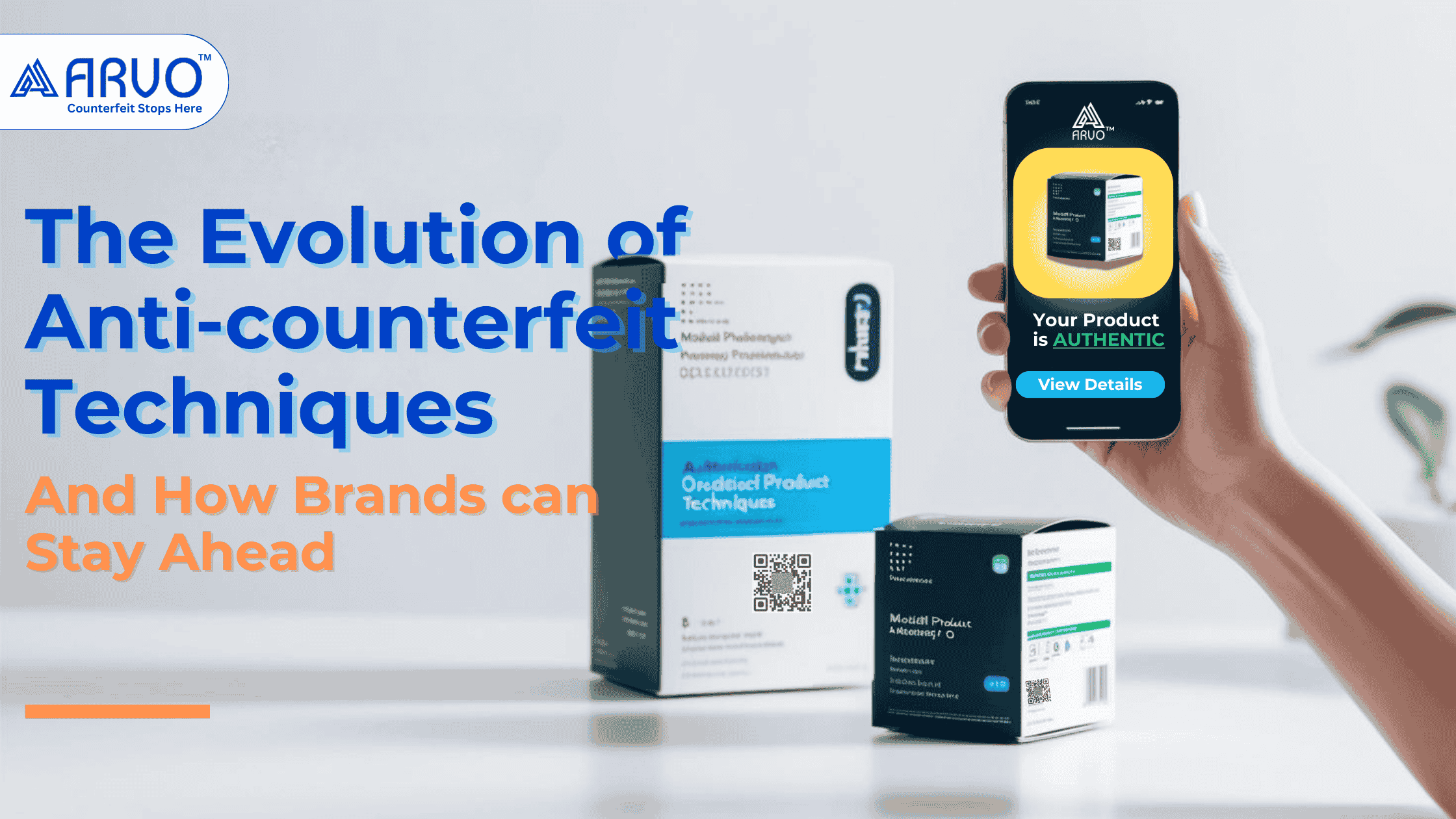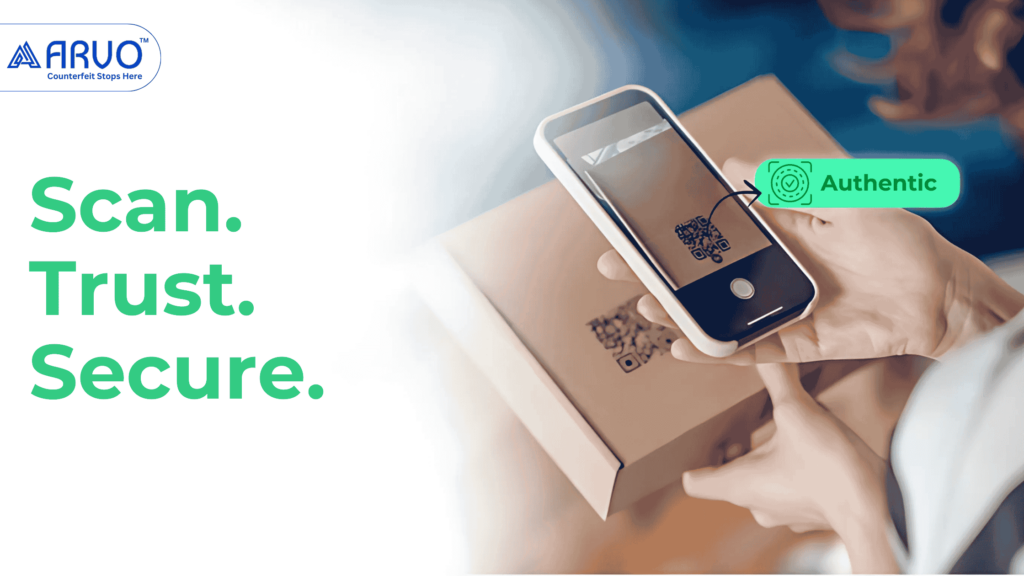
Counterfeiting has grown into a global issue, affecting industries as diverse as automotive, manufacturing tools, pharmaceuticals, and medical devices. With counterfeiters leveraging technological advancements, the challenge for brands to protect their products and customers has become more complex than ever. To combat this evolving threat, businesses need to adopt innovative, technology-driven solutions that ensure product authenticity and build consumer trust.
The Rise of Sophisticated Counterfeiting Techniques
As technology advances, so do the methods employed by counterfeiters. Here are some of the most pressing challenges faced by businesses today:
1. Digital Duplication and Advanced Printing
Modern counterfeiters use high-resolution printers and digital design tools to create replicas that are nearly indistinguishable from authentic products. This has rendered traditional methods like holograms and basic barcodes less effective in protecting against fakes.
2. Supply Chain Manipulation
Weaknesses in supply chain management have become a major entry point for counterfeiters. Introducing fake products during transit or in regions with lax regulations compromises the authenticity of even the most meticulously manufactured goods.
3. Exploitation of E-Commerce Platforms
The global reach of e-commerce has provided counterfeiters with an easy avenue to distribute fake products. Counterfeit listings often mimic genuine product pages, misleading customers and causing irreparable damage to brand reputation.
4. Cloning of Digital Authentication Features
Even advanced security measures like QR codes have become targets for counterfeiters. By cloning or tampering with these features, they create fake products that appear authentic at first glance, deceiving both retailers and consumers.
How Can Brands Stay Ahead of Counterfeiting Techniques?
The rise of counterfeiting poses significant challenges for brands, impacting revenue, reputation, and customer trust. Staying ahead of counterfeiters requires a proactive and multi-faceted approach. Here are key strategies that brands can employ to protect their products and maintain customer confidence:
- Invest in Advanced Authentication Technologies
Brands can leverage technologies like blockchain, RFID tags, and unique QR codes to ensure traceability and authenticity. These tools allow customers and retailers to verify product authenticity quickly and securely. - Adopt Tamper-Proof Packaging
Using tamper-evident seals, holograms, or smart packaging can deter counterfeiters. Innovative packaging designs make it harder for fakes to replicate the look and feel of genuine products. - Monitor Online Marketplaces
Counterfeiters often operate through e-commerce platforms. Brands should actively monitor these platforms for unauthorized sellers or fake listings and take swift action to report and remove counterfeit products. - Educate Consumers and Retailers
Awareness is a critical line of defense against counterfeiting. Educate your customers and retail partners about how to spot fake products and encourage them to report suspicious items. - Regularly Update Product Designs and Features
Counterfeiters often target static designs that don’t change over time. Introducing periodic updates to product designs, labels, or features can make it harder for counterfeiters to keep up.

Why Proactive Measures Are Essential?
Counterfeiting does more than cause financial losses; it erodes customer trust, damages brand reputation, and in some cases, poses serious risks to public safety. This is especially critical in industries like pharmaceuticals and medical devices, where counterfeit products can lead to life-threatening consequences.
By adopting advanced anti-counterfeit technologies, brands can:
- Safeguard their products and supply chains.
- Protect their reputation and build consumer confidence.
- Maintain compliance with regulatory requirements.
- Ensure a competitive edge in their market.
How Arvo Can Help You Stay Ahead?
At Arvo, we specialize in delivering innovative anti-counterfeit solutions tailored to meet the unique demands of your industry. With the ever-evolving tactics used by counterfeiters, our cutting-edge technologies ensure your products remain authentic and secure throughout their lifecycle. Here’s how we can help:
- Copy-Proof and Unique Labels
Our tamper-evident labels are designed with advanced security features, making them nearly impossible to replicate. These labels safeguard your brand by ensuring only genuine products reach your customers. - NFC Codes for Instant Verification
With our secure, smartphone-enabled NFC (Near Field Communication) tags, customers can easily verify a product’s authenticity in seconds. This seamless verification process builds trust and enhances customer confidence in your brand. - Arvo AI Labels
Powered by machine learning, our AI-driven labels adapt to evolving counterfeiting threats in real time. This dynamic approach ensures that your products stay protected against even the most sophisticated fraudulent tactics. - Digital Product Passports
Arvo’s Digital Product Passport creates a unique digital identity for each of your products. The product’s data is securely stored on the blockchain, ensuring that it cannot be tampered with or altered. This provides an immutable record of authenticity, giving your customers peace of mind and further enhancing your brand’s integrity.
With Arvo, you gain more than just anti-counterfeit solutions—you gain a trusted partner committed to safeguarding your brand and delivering unparalleled security. Together, we can outpace counterfeiters and ensure your products’ authenticity and reliability in a competitive marketplace.
Conclusion
Counterfeiting is a constantly evolving threat, but brands have the tools and technologies to stay ahead. By combining innovative solutions like NFC tags, blockchain traceability, and tamper-evident packaging, companies can protect their products and ensure consumer trust. The fight against counterfeiting demands vigilance, collaboration, and a commitment to staying one step ahead. Brands that prioritize these efforts not only safeguard their reputation but also foster loyalty and confidence among their customers.
FAQs
1. How has counterfeiting evolved over the years?
Counterfeiting has transitioned from simple forgery to a sophisticated, tech-driven operation, leveraging advanced tools and online platforms.
2. Why is supply chain security important in counterfeit prevention?
Secure supply chains prevent counterfeit goods from being introduced during transit or distribution, protecting product integrity and consumer trust.
3. How do NFC tags enhance consumer trust?
NFC tags enable instant product verification with a smartphone, providing consumers with confidence in their purchase and deterring counterfeiters.
4. What role does blockchain play in anti-counterfeiting?
Blockchain creates an immutable, transparent record of a product’s journey, making it nearly impossible for counterfeit goods to infiltrate the supply chain.
5. What industries face the highest risk of counterfeiting?
Industries like pharmaceuticals, electronics, fashion, and automotive parts are particularly vulnerable due to the high value and demand for their products.
6. How can brands educate consumers about counterfeit risks?
Brands can use tools like NFC tags, tamper-evident labels, and online resources to teach consumers how to verify product authenticity and avoid counterfeit goods.